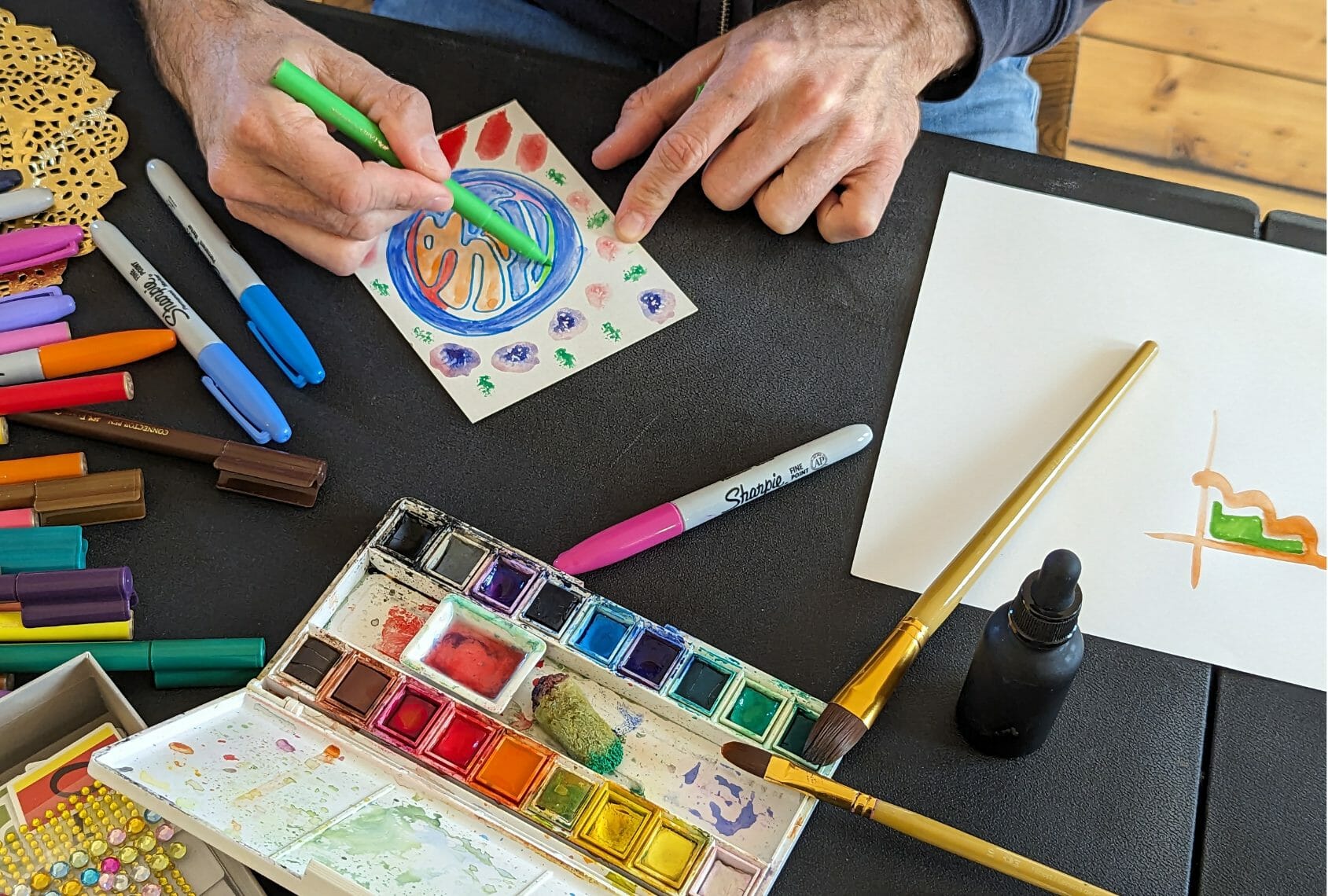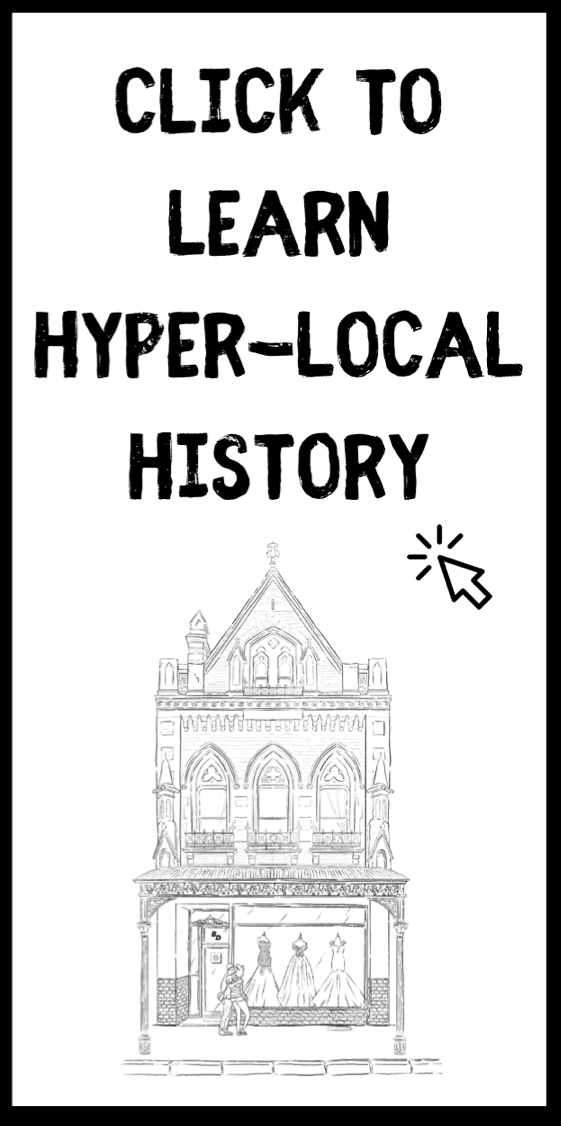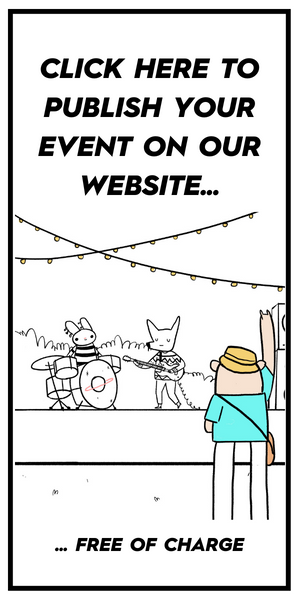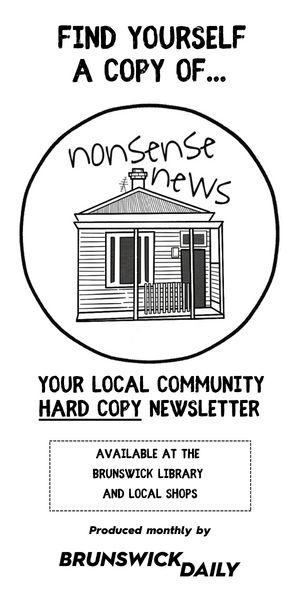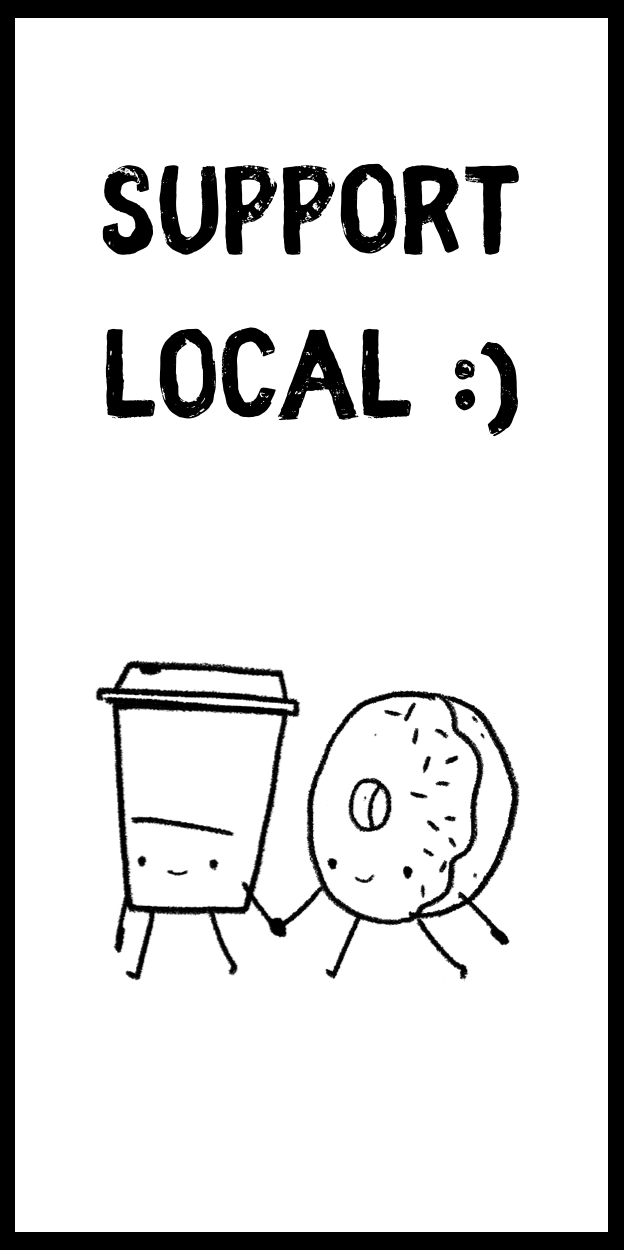Last month I saw this Instagram post by The Healing Art Studio run by art therapist Emma Noack.


Instagram post from the The Healing Art Studio
Part of the caption read: “I was looking Frankie Magazine’s “feel good” issue and was very excited to see art therapy mentioned. However, the article suggested that art therapy “invites your therapist to interpret the psychological undertones of your work”, which I wanted to fact check. This is a common myth about art therapy…”
After reading the above, I contacted Emma suggesting “why don’t we write an article that debunks that myth and introduces what art therapists actually (should) do?”
This is such an article based on a conversation we had a couple of weeks ago… The art therapy process for Emma typically starts with a referral.
Emma (E): …Sometimes a psychologist or a social worker or someone who works for an NDIS agency can think… “Oh, this isn’t really working. Talk therapy has hit a dead end or a client isn’t engaged with talking therapy, maybe creative therapy will work!”
Pablo (P): And when someone comes to you for the first time, how do you explain what you do?
E: I just say it’s a visual arts-based form of counselling. So, I’m qualified as a counsellor and art therapist, and I could just sit and talk but I don’t want to because it’s not unique. I can use both together [counselling and art therapy] but I primarily focus on art therapy because that makes it unique.


Emma Noack from her studio
Honestly, I think counselling and art therapy are really similar. I just think in society we need to categorise them because it’s an easier way for people to understand it in a mental health context. We think we have to talk about things but we really don’t, that’s not how the brain works.
The front part of the brain is the main part of it that deals with talking. If you experience trauma that part of your brain shuts down. So, how are you going to talk about something that happened when your brain has shut down? Art can get and activate different parts of your brain since trauma is stored in all parts of it.
If you have some issues with relationships or something and there’s no trauma involved yeah, go do some CBT (Cognitive Behavioural Therapy) but otherwise, you have to find a different way to get into it because it’s in your body.
P: You and I first started to think about having this conversation because of a mainstream media article that misinterpreted art therapy, tell me more about it.
E: They interviewed a psychologist who may have some ideas about it [art therapy] and they said that in art therapy you analyse the artworks to help you [the client] find meaning in them.
We do not analyse your artworks.
If you draw a picture of a beer that does not mean one thing. In the movie “Parasite”, for instance, there is a fake art therapist who looks at a drawing and says “…he’s drawn in the psychopath corner”. There’s no psychopath corner! There’s no way to analyse someone’s artwork unless you’re that person.
You need to talk to people. You need to connect.
When someone in therapy is making a drawing and they’re talking about their mum and they’re going really fast or holding the pen down really hard, then you ask:
- “How do you feel?”
- “I’m really angry”
- “How do you feel about your mum?”
This might lead to anger at their mum, or their mum being angry at them. I can’t interpret it but I can sense that they changed how they’re talking when they’re drawing this one thing. Again, I can’t interpret it for you but I can ask you the questions so you can interpret it yourself. There’s no one meaning.
P: What else do you think someone new to art therapy should know?
E: There are different layers to art therapy.
First, there’s the therapeutic nature of making art, which is just sitting here painting. You can just sit here and paint with some classical music in the background. If you have some trauma or are experiencing anxiety, this might have a calming effect or a positive impact on your brain.
Then, there’s the next level of getting that image and talking about it and asking, what do you see in that picture? or what does the colour yellow remind you of? There might be associations like “this reminds me of something in a nightmare that I had”.
And it’s different for each person, different for each session depending on where they’re at. Some people just want to make something that matches their mood. You’re really angry so let’s make something where you can stab something or break something just to get that energy out.
That’s what animals do. Have you seen animals chased by a lion? They run away and if they’re not caught, they shake, they do the big shake. We humans don’t do that when we have trauma so it’s all stuck in us.
P: What kind of mental issues is art therapy the best for?
E: It’s good for anything. I think it depends on the therapist and the connection. The most important part of any therapy is connection. If you have a connection with the person that’s at least 30 to 50% of the therapy.
I primarily work with trauma from sexual assault or abuse and also with autistic people with NDIS funding (even when autism is not a mental health condition but a neurological divergence).
P: To end our conversation. How would you put art therapy in a single phrase and what does it mean to you?
E: Art therapy is an alternative form of mental health healing and soothing. What it means to me is just looking at things from a different perspective that allows people to heal.
P: How can people find you?
E: Send me an email to [email protected] and there’s a link in my bio on Instagram. Do not DM me because I don’t see those messages and it might take me months to respond.
P: Thanks Emma.
E: Thank you, Pablo.

